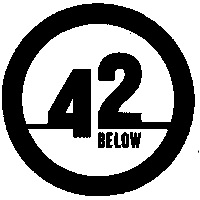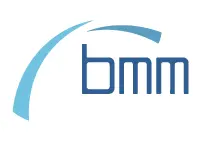Granette, on the other hand, claims that the number 42 is descriptive. It refers to the alcohol percentage in its vodka, which is 42%. Bacardi´s product has a lower alcohol percentage. In this context 42 has a different meaning, and the logo is different as well, which according to Granette would exclude any chance of confusion. The European Court disagrees with this. 42 is the dominant element in both trademarks and only a part of the target consumers will see it as a referral to the alcohol percentage. The graphic differences are minimal. Granette’s application is therefore denied protection in the European Union. This case clearly demonstrates that even trademarks that have a referring character should be registered.





